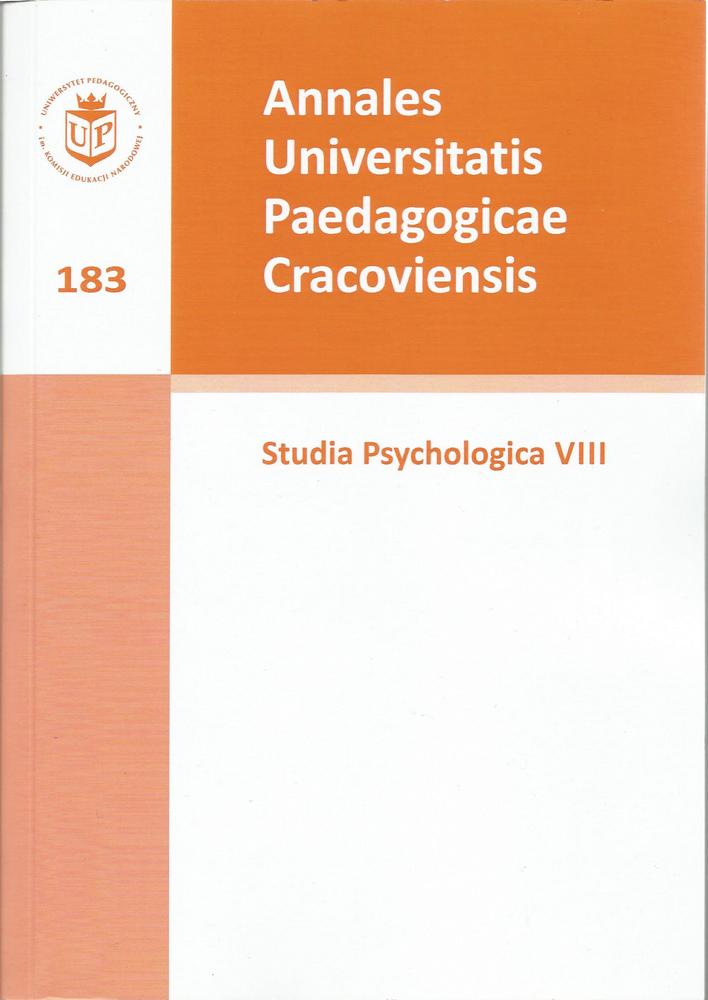Orientacja estetyczna. Przyczynek do Homo aestheticus
Aesthetic Orientation. A Contribution to the Concept of Homo Aestheticus
Author(s): Krzysztof MudyńSubject(s): Psychology, Sociology of Art
Published by: Wydawnictwo Uniwersytetu Komisji Edukacji Narodowej w Krakowie
Keywords: aesthetic orientation; life orientations; explicit and implicit values
Summary/Abstract: By making reference to Eduard Spranger’s theory of personality types, the paper introduces the concept of life orientations which are examined by means of the author’s Real-Nonreal Questionnaire (RN-02). An overview of studies conducted using the classic Allport, Vernon and Lindzey SOV method and the RN-02 tool is given in this paper. Even though both methods relate to Spranger’s theory, they propound different ways of operationalizing the values he distinguished (i.e. theoretical, economic, social, political and religious). The first technique is direct, whereas the second — projective. The results of both methods indicate that the aesthetic orientation is more important to women than men. Together with social and religious orientation, it forms a holistic cluster, while the remaining three values belong to the so-called analytical and instrumental cluster. The aesthetic orientation (unlike social, religious and economic ones) is weakly affected by environmental conditions representing demographic variables. In the last part of the article, the author attempts to define the singularity of the aesthetic experience of the reality. He also proves the thesis that aesthetic orientation does need to manifest itself by the practice of art or vast knowledge about art history and works of art.
Journal: Annales Universitatis Paedagogicae Cracoviensis. Studia Psychologica
- Issue Year: IX/2016
- Issue No: 1
- Page Range: 55-74
- Page Count: 20
- Language: Polish

